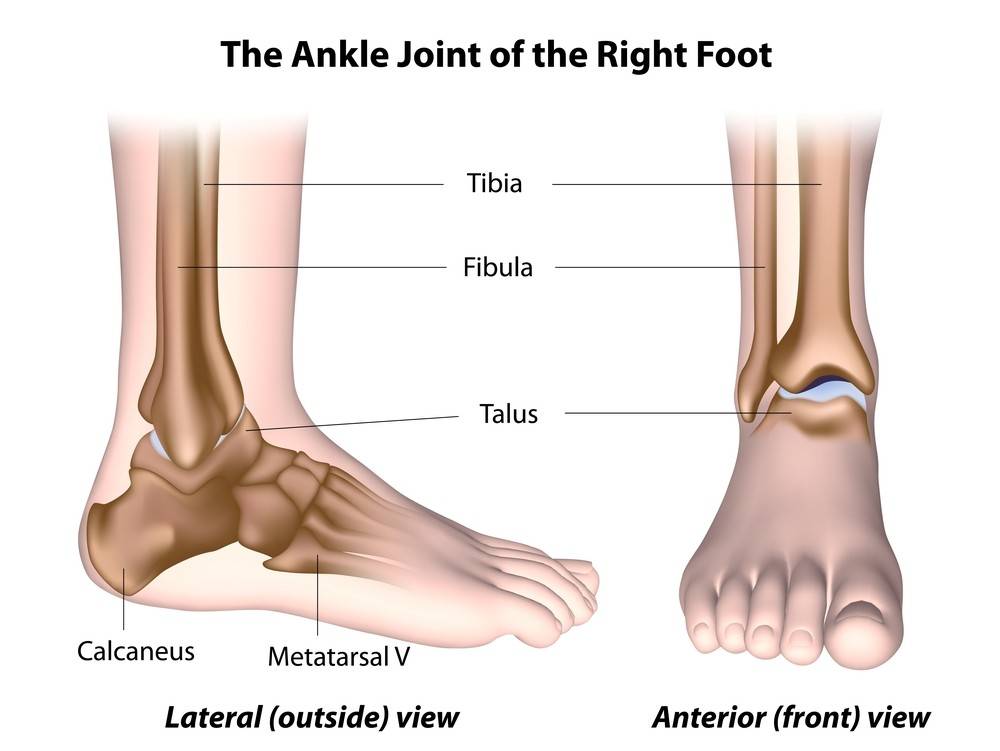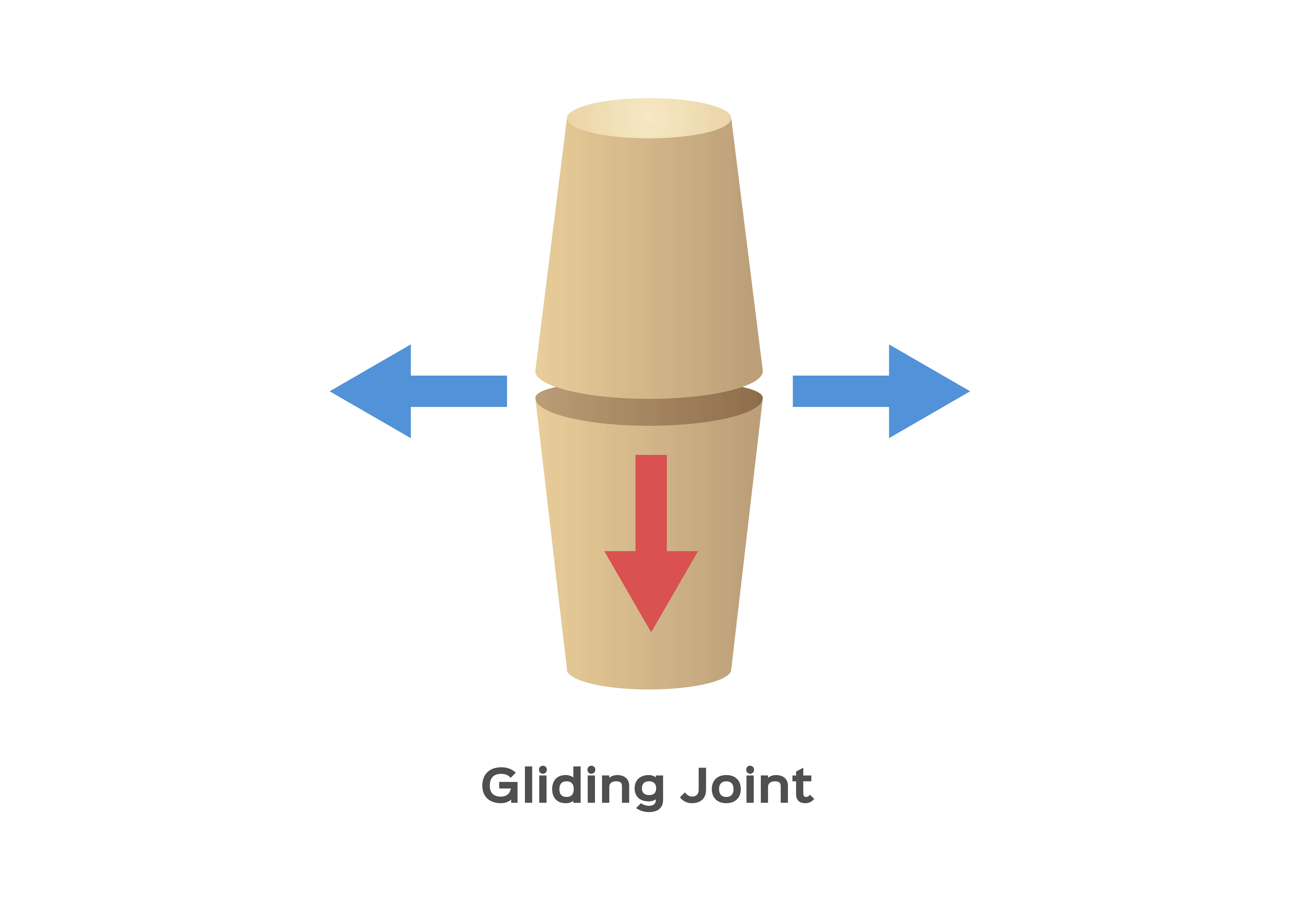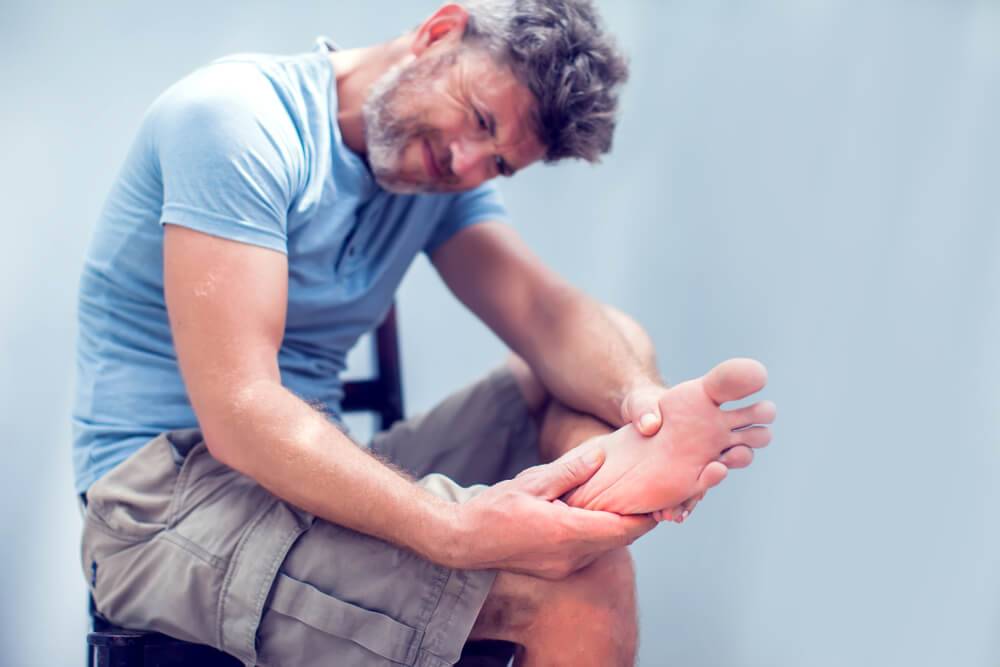We all understand that we move, however, most of us don’t completely understand HOW. In all honesty, we rely on a variety of different physiological systems working together to move or do anything at all. And if any of these biological systems have an issue, our ability to move becomes greatly impeded. While there is a variety of different physiological systems in your body that drive and control your ability to move, today we are going to discuss a specific type of joints that is exceptionally important for stability and fine movements.
Most of us understand how important a joint can be for our ability to move. This is especially true if a person has suffered any type of joint injury before. It can be quite surprising how such a small part of your body can control such incredible and significant ranges of motion while also causing such problems when damaged. Joints, also known as articular surfaces and articulations, are connectors between bones in the body. Joints connect the skeletal system and allow it to work as a functionally moving whole. They lay the foundation for gliding joint movement in the area of the body where the joint is located.
As we said before, we are going to delve deeper into a specific type of joints here below. The joint type that we are going to discuss is known as the gliding joint.
What is a gliding joint?
Joints are primarily classified as either structural or functional. A joint that is classified as structural is determined by the manner that the bones attach to each other, while a functional joint is determined by the degree and type of gliding joint movement allowed between the articulating bones. There are plenty of joints that fall between either type of classification. A gliding joint is usually classified as functional.
Gliding joints move with a gliding motion. They are also known as either arthrodial joints or plane joints, and usually occur between flat bones that need to slide past each other in order to allow the desired motion. The movement i.e. gliding joint movement that occurs between gliding joints is limited by the ligaments that hold the bones together. The primary places in the human body that you will find gliding joints are in the ankles, wrist, and spine. Below is a description of the different types of gliding joints.
Ankle Joints
There are several gliding joints located in the ankles. The main one located in the ankle is found where the two bones in the bottom part of your leg, the fibula and tibia, and the tarsal bones in your foot meet. There are also other gliding joints located between the tarsal bones as well.

Wrist Joints
There are even more gliding joints located in the wrist. The wrist is made up of two layers of carpal bones. The first layer of carpal bones, which sits closest to the fingers, is made up of the trapezoid, trapezium, hamate, and capitate bones. The second layer of carpal bones, which sits closest to the bones in the forearm, is made up of the lunate, triquetrum, pisiform, and scaphoid bones. Several gliding joints are located between all of these bones in order to allow the complex gliding joint movement made by the wrist.
Zygapophyseal Joints
The zygapophyseal joints are the gliding joints that are located between the articular processes of the spine. These particular joints allow movement and stability in the spine.
If you need further clarification to the question “what are gliding joints?” or feel as if you may have a problem with any type of joints, do not hesitate to contact us at Fix24 Joint BioMechanics. We are an experienced spinal stenosis treatment clinic in the Valley, and it would be our pleasure to help you!



